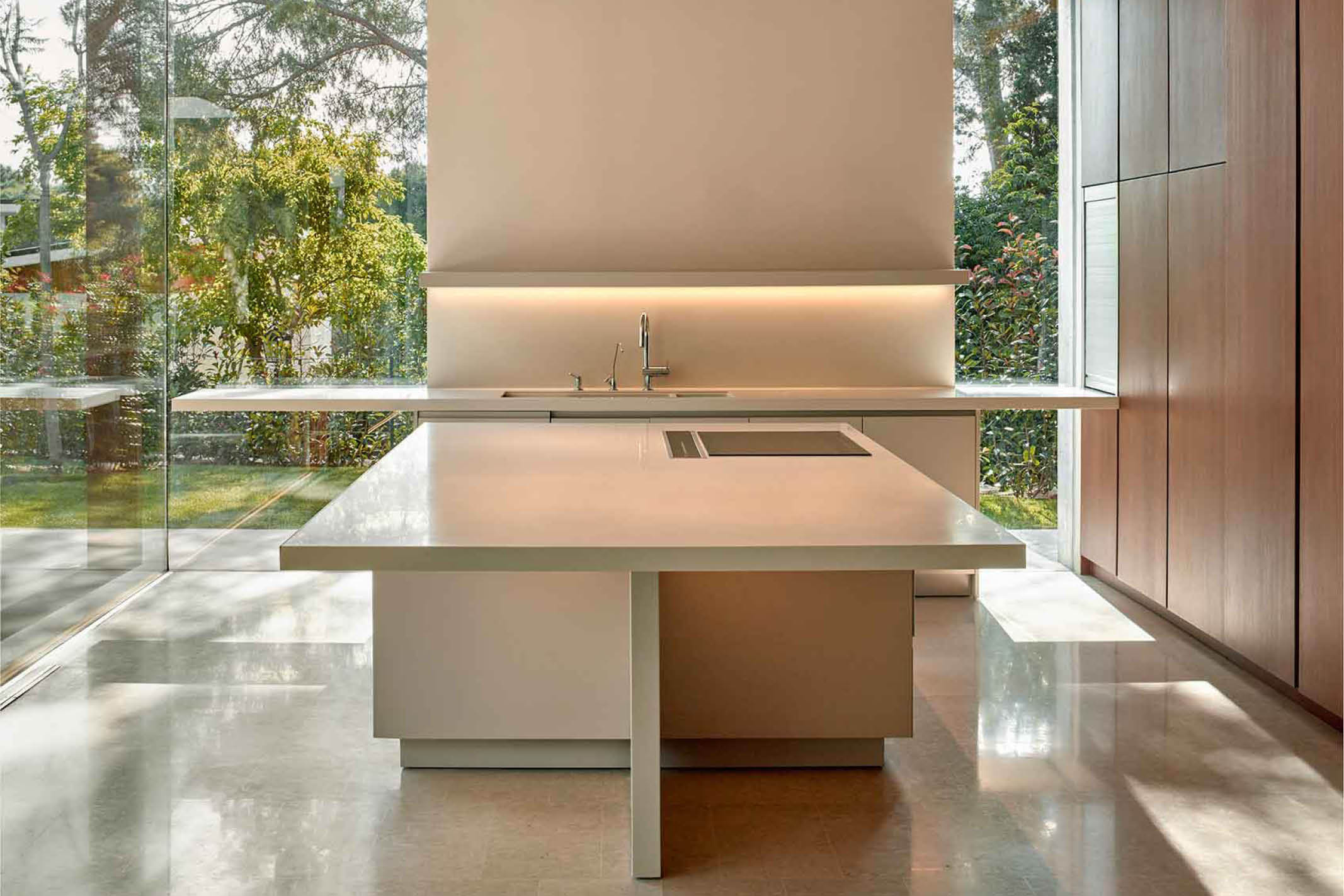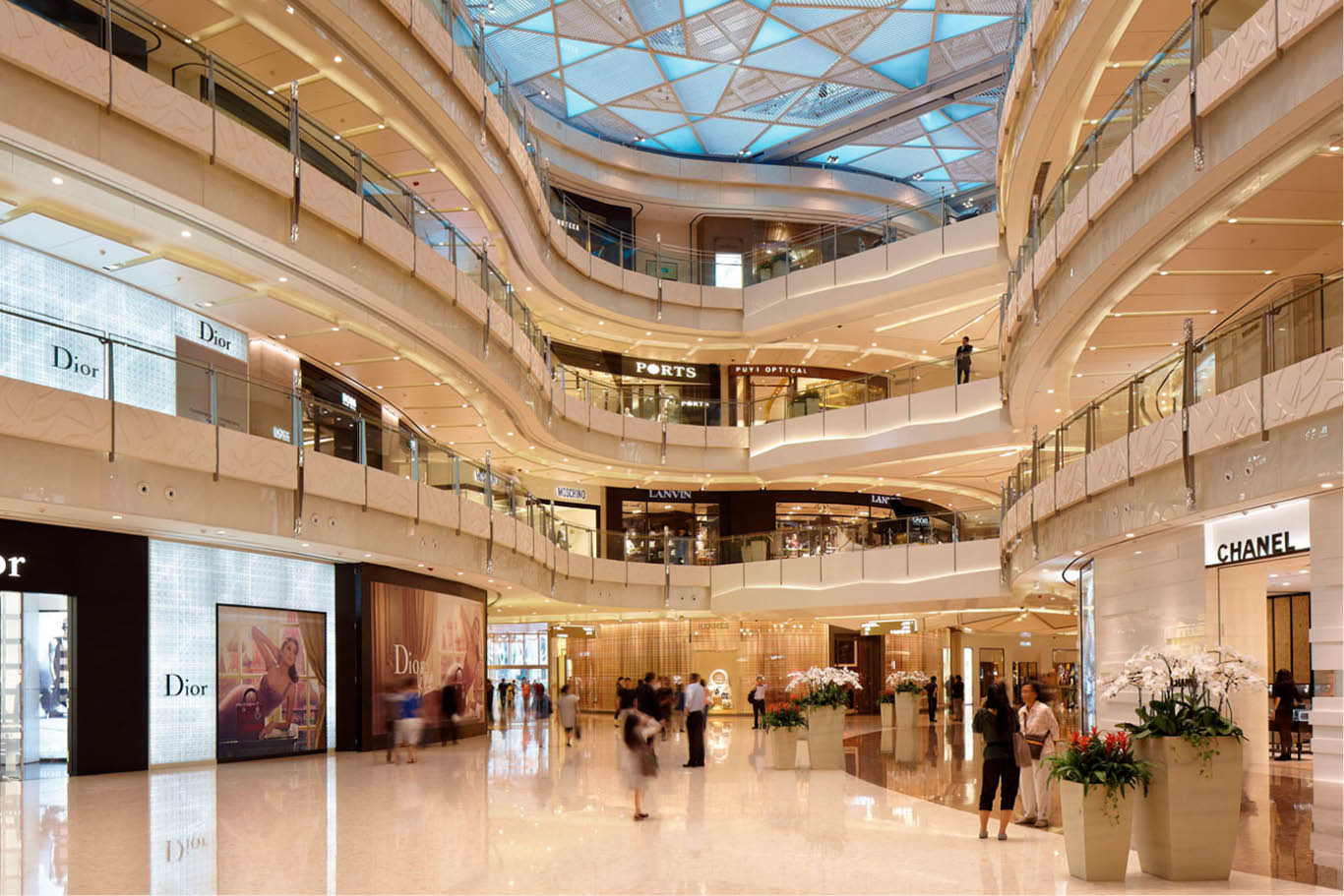
Ramón Esteve is a current benchmark in Spanish architecture, working on projects that include major public works and minimalist luxury homes. Esteve, a doctor in architecture and university lecturer, has received several national and international awards. We talk to him about his approach to architecture, the current situation in the field and his future projects.
Has the concept of what architecture is evolved much over your professional career? Has your vision about the field changed since you first started to today?
It makes perfect sense that how I view architecture today has evolved from what I believed when I finished my degree or even the concepts I had ten years ago. I think the contemporary take on architecture as a result of an evolution is really interesting. Nonetheless, there has been a continuity in my approach from the start and, at a conceptual level, the idea has not changed.
How would you define architecture today?
To do that, we would need to define both time and space as the same thing is not happening all over. In terms of Europe, and specifically Spain, during the time before the financial crisis there was huge demand for projects from public administrations, which contributed to Spanish architecture currently being amongst the best the in world. Thanks to the streamlined approach we have had to adopt over recent years, we have gained the ability to provide value added to architecture through spatial sensations, regardless of the size or cost of materials. There is a scenario now where everything linked to urban development and promotion is non-descript and architecture has been pushed into the background. Nevertheless, these types of buildings co-exist with certain exceptions: private developments with high value added where contemporary architecture is making a place for itself and playing an important role. Private residential initiatives are currently hiring good architects who are designing good projects—this is something that had not happened until recently.
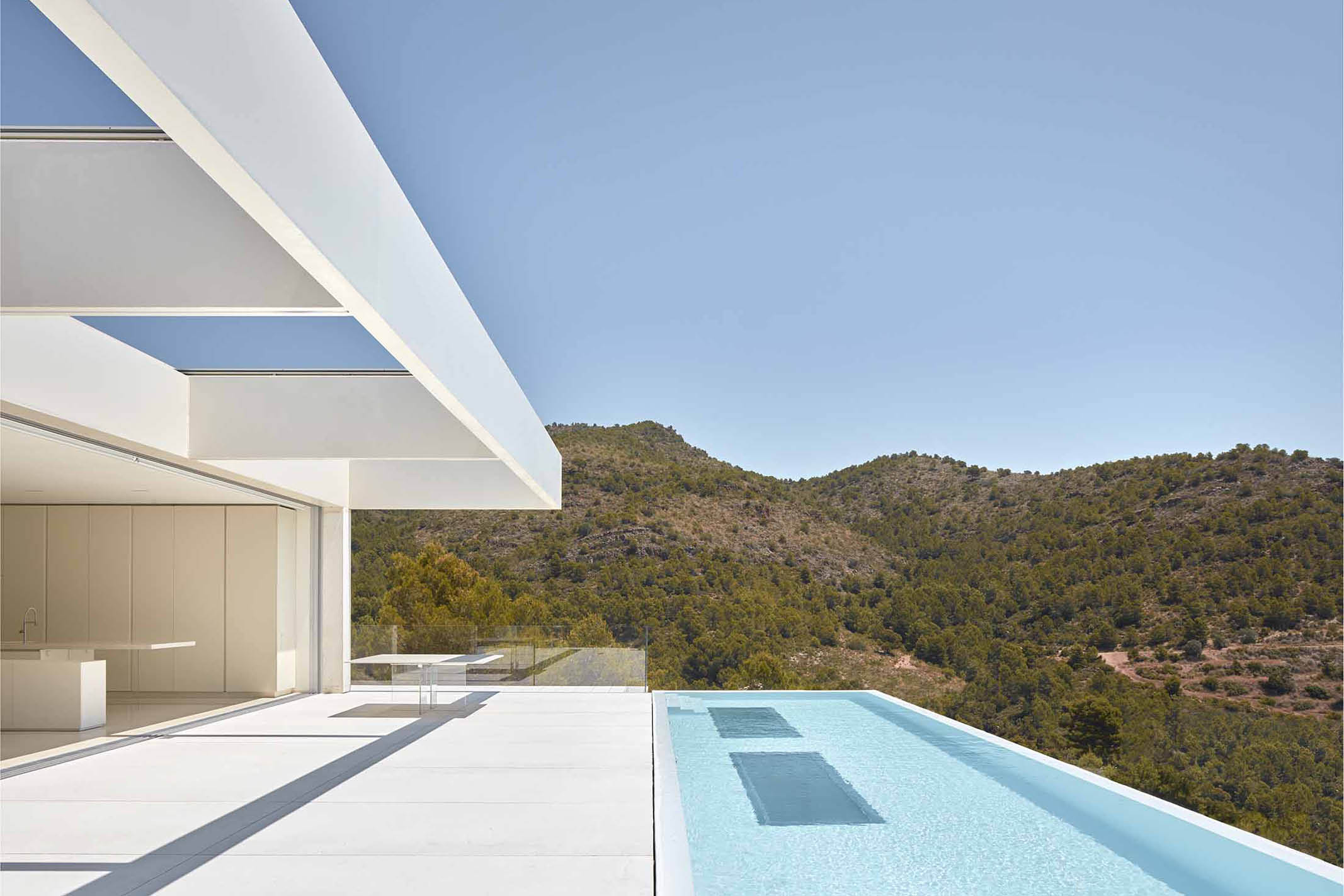
Where do you think architecture is heading? Is it the same for all continents?
Generally, I think it is shifting focus with a greater concern for integrating buildings into the natural environment in terms of resource management and sustainability. The impact on the landscape and environment, as well as energy use, is being carefully considered. In terms of aesthetics and concepts, many diverse projects sit side-by-side. I think this is the main feature today. There is no one trend that everyone is following but rather a proliferation of independent, bespoke approaches. Right now, what stands out is a major current towards informality in architectural design, making the casual a trend. The Povero style sits alongside work that has lots of resources and seeks spectacular results. The new economic powers such as the USA and Asia are more interested in what is surprising and fascinating, when compared to trends in Europe.
‘Places where you want to live’ is the motto of your practice. Do you feel that architecture has become uncoupled from those who have to live in these designed spaces?
In many instances, sure. This is why I like to work on a global concept as I think it is the whole that ensures clients and users experience sensations. I always adhere to parameters that are in line with my style and philosophy, whilst always attempting, in turn, to materialise them in line with the requirements of each space.
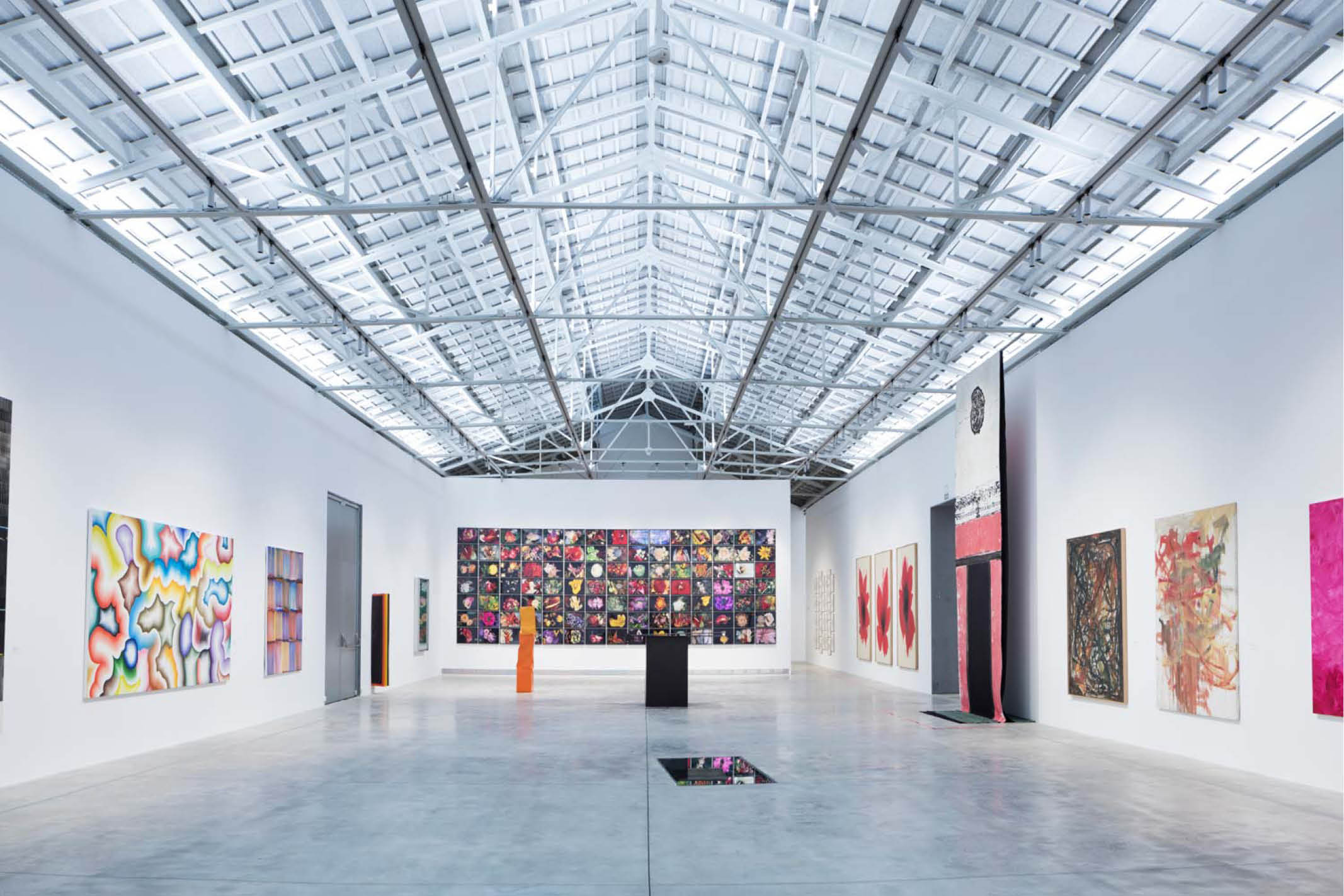
Your projects cover both homes and public buildings. What inherent cross-cutting element does Ramón Esteve want to infuse into two types of spaces that are so very different?
Peter Zumthor has said that ‘to design means to understand and order’, and I couldn’t agree more. When you take on a project, the first thing you have to do is understand and go deeper. Louis Khan’s method has always been a great help to me, getting to the core of things and questioning everything that will happen there, starting from the perspective of a house and how people live their lives. After this exercise, the forms, of course, start to take shape, but what comes first are the ideas. Throughout my career I have always been interested in working with different scales, from product design to large-scale buildings. Now, for example, we are designing a collection of lamps for a furniture company whilst working on the Master Plan for an urban complex in the United Arab Emirates. My approach to both is the same, meaning I take on perspective and am able to grant each object its importance. It is no easier to design a good chair than a good building.
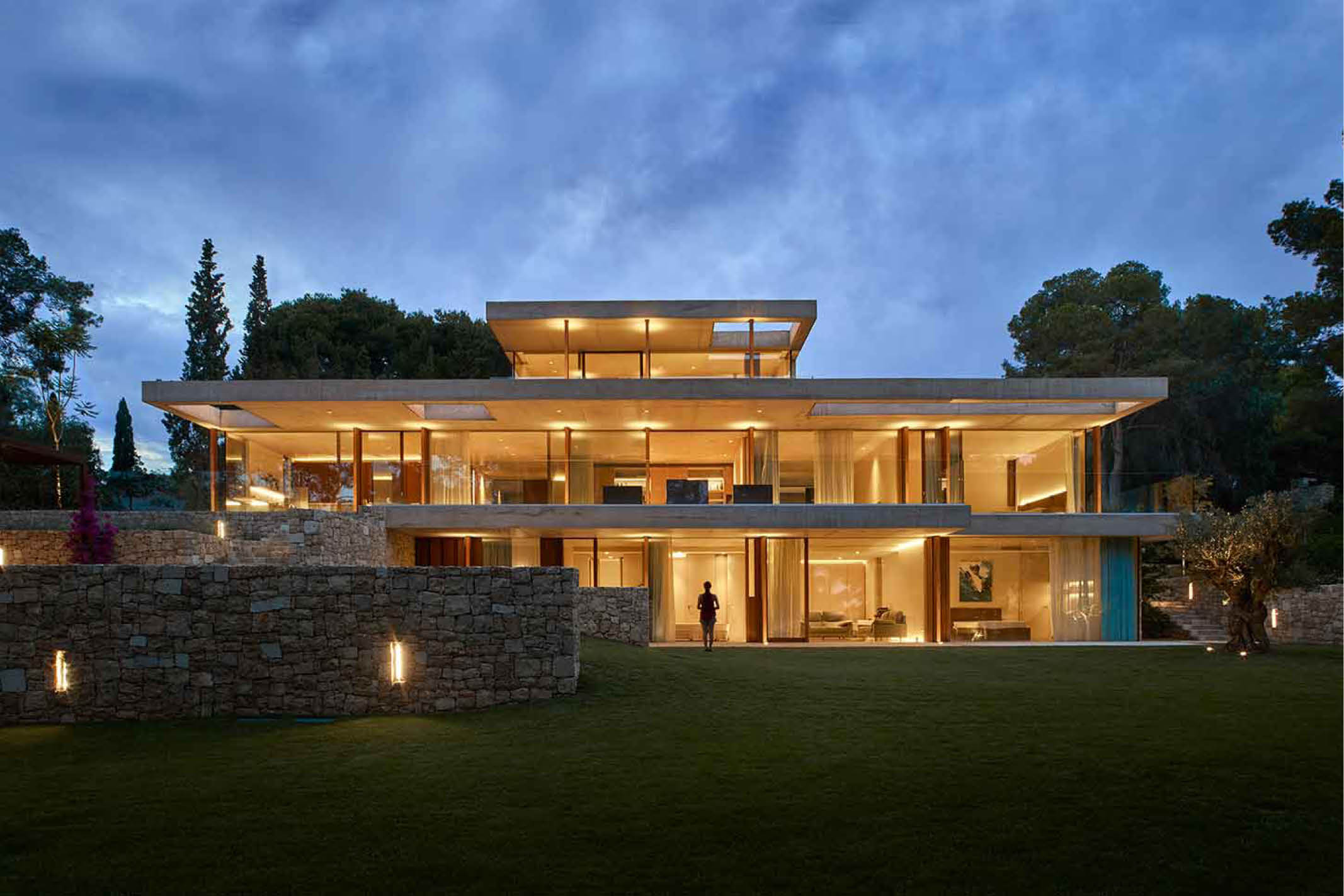
Which modern building do you admire?
For its ability to meld into a comprehensive experience for all the senses, I have always been fascinated by Peter Zumthor’s Therme Vals.
Which architect/s marked your early beginnings and which are a reference for you today?
When I was very young, I saw Fallingwater in one of my father’s books and I remember that it got me so enthused that I decided to study architecture to try and do such wonderful things as that some day. From then, I have always looked to the great avant-garde masters, as well as my peers: Le Corbusier, Frank Lloyd Wright, Louis Khan and the Nordic masters, for example Lewerent or Jacobsen. In addition, at times Barragán and all those who are creating interesting ideas, from the most radical such as Rem Koolhaas, to the most classic and conservative, albeit spectacular, such as Peter Zumthor. Then there’s Herzog & de Meuron, Sanaa and de Lacaton & Vassal too, as well as some designs by Jean Nouvel. Finally, I would add the serenity of David Chipperfield, who I always find highly interesting and thoughtful.
What would be your dream architectural project?
I have always been drawn to interweaving three ideas into a single project: architecture as an experience, the city as a setting where complex human relations are created and vertical construction as a challenge that modifies how we perceive landscape. I am proud to be able to say that this is coming true for me in a project we are working on in the UAE: it is a real challenge for my practice but something I cannot reveal too much about as of yet.
As a teacher, what sensations are you getting from the new generations of designers and architects? Have any of your students’ designs surprised you?
What most stands out about the new generations is their interest in having experiences rather than accumulating possessions. This also goes for students of architecture. In my years as a lecturer, I have seen how this shift in design student’s mentality has gained ground. And I think this is having an impact on how they approach architecture. The younger generations are seeking to solve projects by thinking carefully about what they are doing and why. Having contact with their approach is a hugely enriching experience for me.
